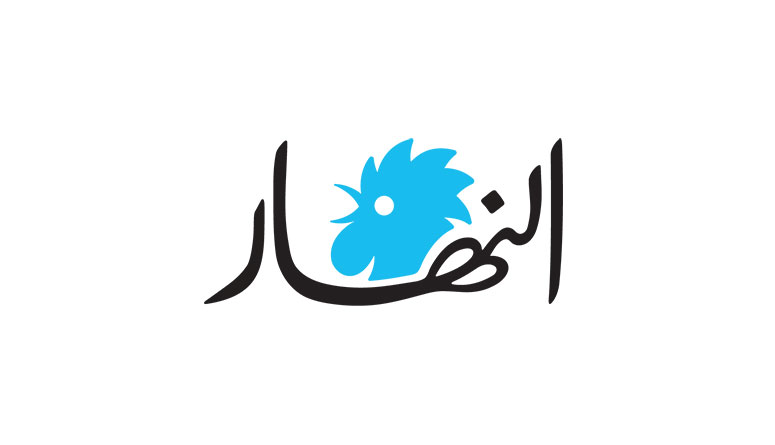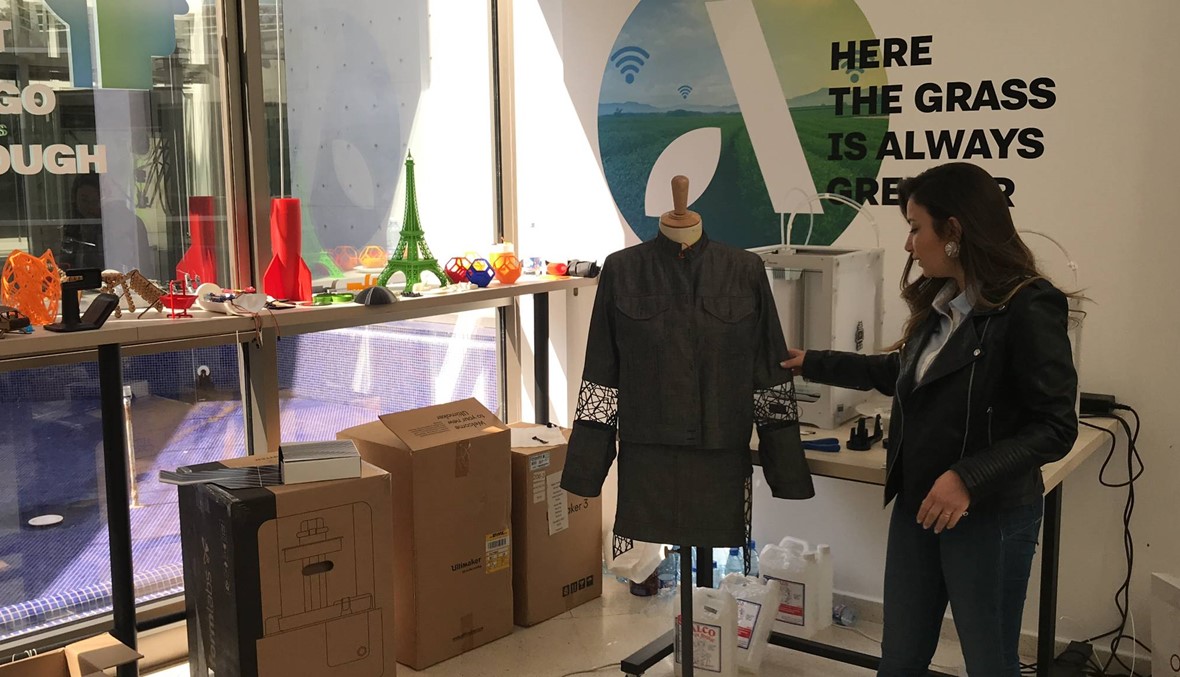

BEIRUT: In recent years, 3D printing has been gaining advocates from all over the world and in various industries, including the fashion industry. It was famously introduced at the 2013 Victoria's Secret Fashion Show, where shimmering 3D printed lingerie was displayed for the first time on the runway.
One startup that is determined to bring 3D printing to the fashion industry in Lebanon and the region is Speetra, a design focused innovation firm that works at the convergence of architecture, product and fashion design.
“We collaborate with fashion and textile designers in order to bring their ideas and designs to life,” Sarah Douki, cofounder and CEO of Speetra told Annahar.
An architect by major, Dsouki, along with her cofounder Aerospace Engineer Julian Lahoud, combines her knowledge in architecture with 3D fashion printing to come up with unique designs of clothes and accessories.
They are also aware that they are producing environmental friendly outfits that are recyclable and have close to zero waste, with way cheaper operational and material cost. “Fashion is the third largest water consumer in the world. Just think how much water cotton needs to grow," she said, adding that one-third of the fabric is wasted just in the production process where you have trial and error among other things. "In 3D printing, these factors don’t exist."
The trial and error in 3D printing become digitized instead of having to deal with real fabric, so Dsouki and Lahoud have an easier and faster way to move from idea to prototype to the ready product phase. “Since our illustrations are digital, less material and fabric are needed to test our concept, which means less operational cost,” Dsouki said, “This is a huge game changer for the designer and the environment.”
Dsouki and Lahoud are also adopting a cruelty-free technique where they are trying to replace leather with their 3D printed textiles. They have just graduated from seed stage accelerator Falt6Labs Beirut’s third cycle and have released their first fashion line, which is composed of just three items: a casual outfit, a formal outfit and an evening gown, both incorporating 3D printed textiles.
“We took care of the 3D printing while the fashion part was handled by a fashion student from ESMOD school,” Dsouki said, highlighting that the process is collaborative.
Despite the fact that Dsouki’s first line was intended to be for portfolio purposes, she managed to get traction and demands for the outfits she designed. “We’re figuring out a pricing strategy in order to proceed,” she told Annahar.
The innovative startup has been formally operating since its demo day on April 17. They are currently working with four designers, one of which is a jewelry designer. “Ever since demo day, we decided to stop acquiring clients and build a designer’s kit, which is a box with different samples on how to apply 3D printing so we can start the sales process in an official way,” she said.
She added: “We are recruiting a salesperson who will have the kit and go knocking on designers’ doors one by one.”
How it all started
The idea of 3D printed fashion first came to Dsouki when she was attending summer school at the Architecture Association (AA) in Jordan. It was there that Dsouki noticed that one of the instructors was working on her own 3D printed fashion line, which came as a surprise for her as she, like most people, had a preconceived idea about the limitations of 3D printing.
“We were taught how 3D printing can stop becoming a limitation and become an asset instead by incorporating it into different disciplines,” she said. However, summer school was over in no time and Dsouki was back to Lebanon to finish her college degree. But the idea stayed fixated in her mind and, as soon as she graduated in summer 2018, she started working on turning her idea of fashion 3D printing into a startup.
She started doing the market research herself before meeting Lahoud through a common friend only two weeks after commencing the research. “I was looking for someone specialized in 3D printing, in the material and hardware itself and I found out that Lahoud can tweak the machine to give me the product I want,” Dsouki explained.
After that, it was time to test the market and approach designers with the idea of 3D printing. Dsouki and Lahoud pitched to over 50 designers to get to their current four.
“Our aim for the end of this year is to have at least 10 clients signed and revealed. We also plan to expand our market outside of Lebanon, but we’re still thinking of the location,” Dsouki told Annahar.